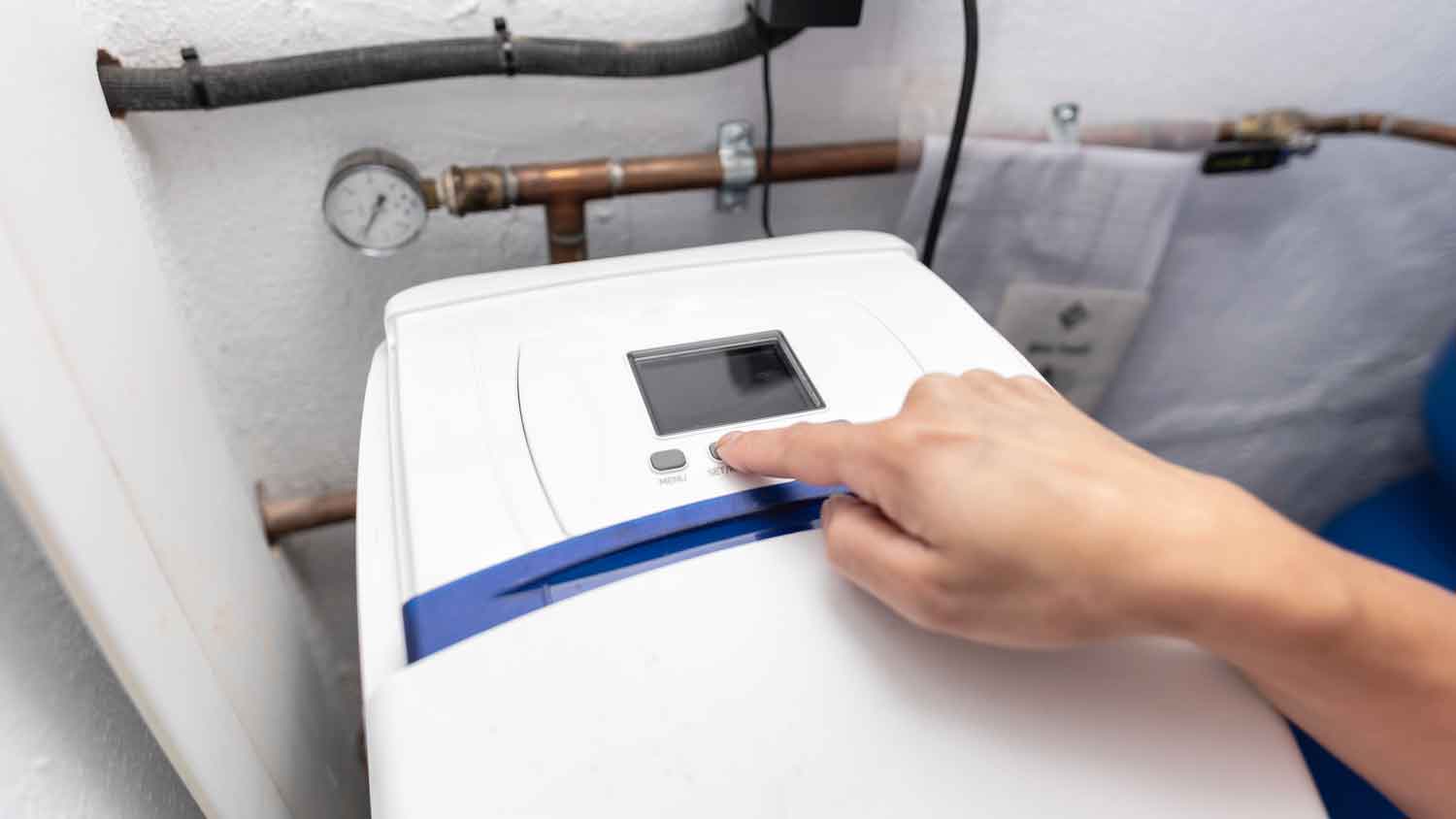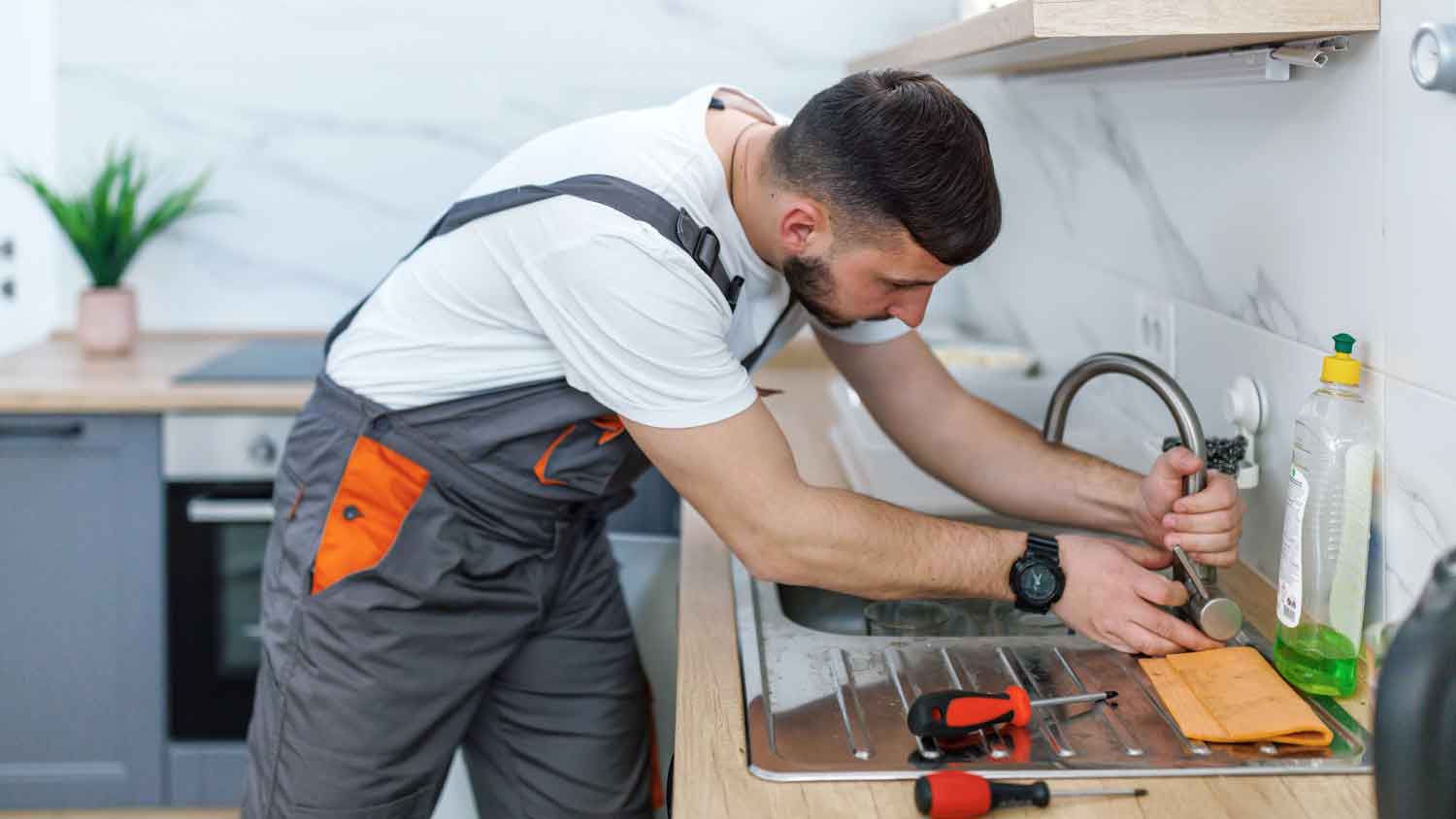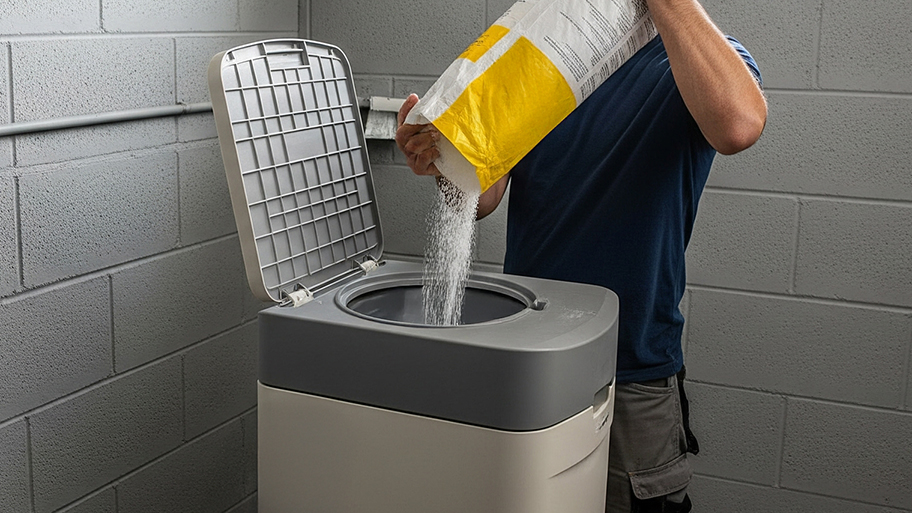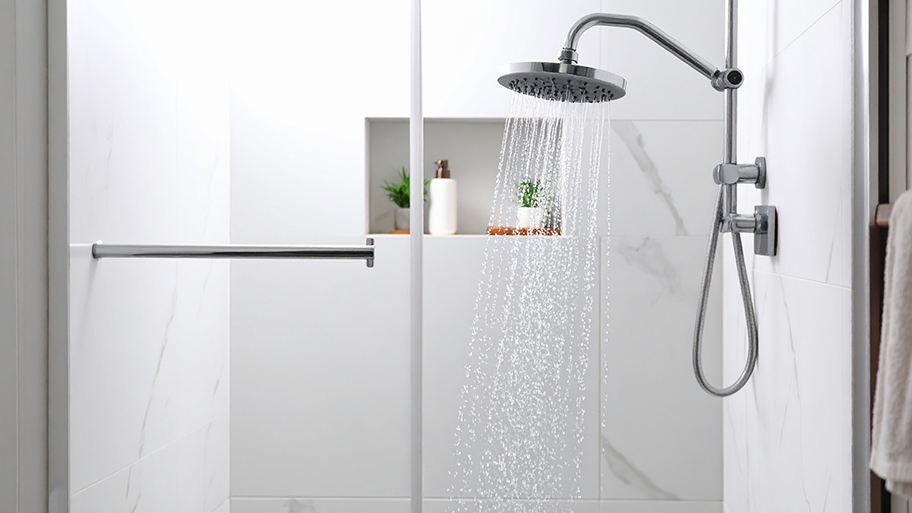
Your cost to install an under-sink water filter will depend on the type and size of system you choose and whether you need professional installation.
Gray is a great color for you walls, not so much for your water


Water softeners remove minerals such as calcium and magnesium from your home’s water supply.
Water softeners require routine maintenance and sometimes repairs to ensure they work properly.
If your water softener is turning your water gry, there could be a number of problems you’ll need to fix.
It could be as simple as the city adding too much chlorine to the water or as complicated as needing to replace the entire system.
Bacteria, fungus, rust, and sediment can also cause your water color to change.
Installing a water softener means you can remove scale-causing minerals from your water supply, extending the life of your plumbing and appliances. But water softeners aren’t magic. They require maintenance and, sometimes, repairs to keep them working effectively. A water softener turning water gray is one of the biggest signs something is amiss. Keep reading to learn how to troubleshoot this common problem and fix your gray water issue for good.
Before you assume that there’s a problem with your water softener, check with the city first. In many cases of a water softener turning water gray, it’s simply because the city is chlorinating the water to keep it clean—and there’s too much chlorine in the water.
Check your city’s website or call the water department to determine if they put chlorine in the water. If they do, check with your neighbors, friends, and family to see if they’re having the same issue. You’ll need to work with the city to reduce the amount of chlorine if this appears to be the cause.

The main purpose of a water softener is to remove the minerals that create hard scale deposits in your water. These minerals include calcium and magnesium. If your water is suddenly running gray, that’s a good indicator that the water softener is simply not doing a good job of removing those minerals.
In that case, you’ll want to perform routine maintenance on your water softener or have a professional determine if a repair or replacement is necessary. Replacing a water softener can be expensive; the average cost to install a water softener system is $1,500.
In some instances, your water could be discolored (gray, brown, or even orange) because of rust or sediment from old plumbing. In that case, you might need to hire a local plumber to replace pipes, though they should test the water first to ensure that’s the cause of the issue.
Another reason your water softener could be turning water gray is the presence of bacteria in your water. Though uncommon, sulfuric bacteria can thrive in your water supply if it has too much hydrogen sulfide and sulfur. If this is the cause of the gray water, you may need to install an aeration system for your water supply.
Another reason for gray water could be that there’s too much air in your water supply. You can test this by turning on a faucet connected to your water softener system and listening closely. If there are loud popping or hissing sounds, you might have too much air in the plumbing system. You’ll need to call a plumber for further investigation.

Although unlikely, a water softener turning water gray could indicate some kind of fungus growing in the water. This might happen if you have a leaky faucet, shower, or pipe somewhere in your home, as this can create the ideal habitat for fungus to thrive.
There are several benefits of water softeners when they are working properly. For instance, water softeners:
Extend the life of your appliances
Protect your plumbing
Result in softer skin and cleaner hair
Lead to softer and brighter laundry
Reduce utility bills
Soft water makes soaps and detergents more effective, reducing the amount needed to clean surfaces, clothes, and even your body.
Given all the merits of a well-functioning water softener, it’s important to keep up with routine maintenance and prioritize repairs when necessary.
When properly maintained, water softeners last 10 to 15 years. To get the longest life span out of your water softener and to ensure it operates without issue (and keeps your water from turning gray), make sure you:
Clean out the brine tank once a year.
Check the resin bed once a year to ensure it doesn't need to be replaced.
Monitor the salt level regularly (such as once a week) and refill it as necessary.
Remove salt bridges from the tank if you see any when checking the salt level.
While every homeowner should at least monitor the salt level, it’s possible to hire a local water softener team to service your water softener system annually.
Though it’s easy for many homeowners to keep up with routine maintenance on their own, we recommend finding a water softener repair company near you to handle any larger work on the system, especially if it’s a complex whole-house water softener system. On average, water softener repair costs around $550.
From average costs to expert advice, get all the answers you need to get your job done.

Your cost to install an under-sink water filter will depend on the type and size of system you choose and whether you need professional installation.

How much a water softener costs depends on your home’s size, and the system’s type and capacity. Our expert guide explores all the price factors.

Water softener repair costs can add up, but they’re almost always worthwhile. Use this guide to see what your project is going to cost before you get started.

What is a water filter and why do you need one? Here’s how they work and how to choose the best water filtration system for your home.

Trying to decide between the different types of water softeners? Our guide will help you choose the right salt-based or salt-free option for your home.

Are water softeners worth it? While they offer benefits to many homeowners, they aren’t always necessary. Learn whether this appliance will pay for itself.